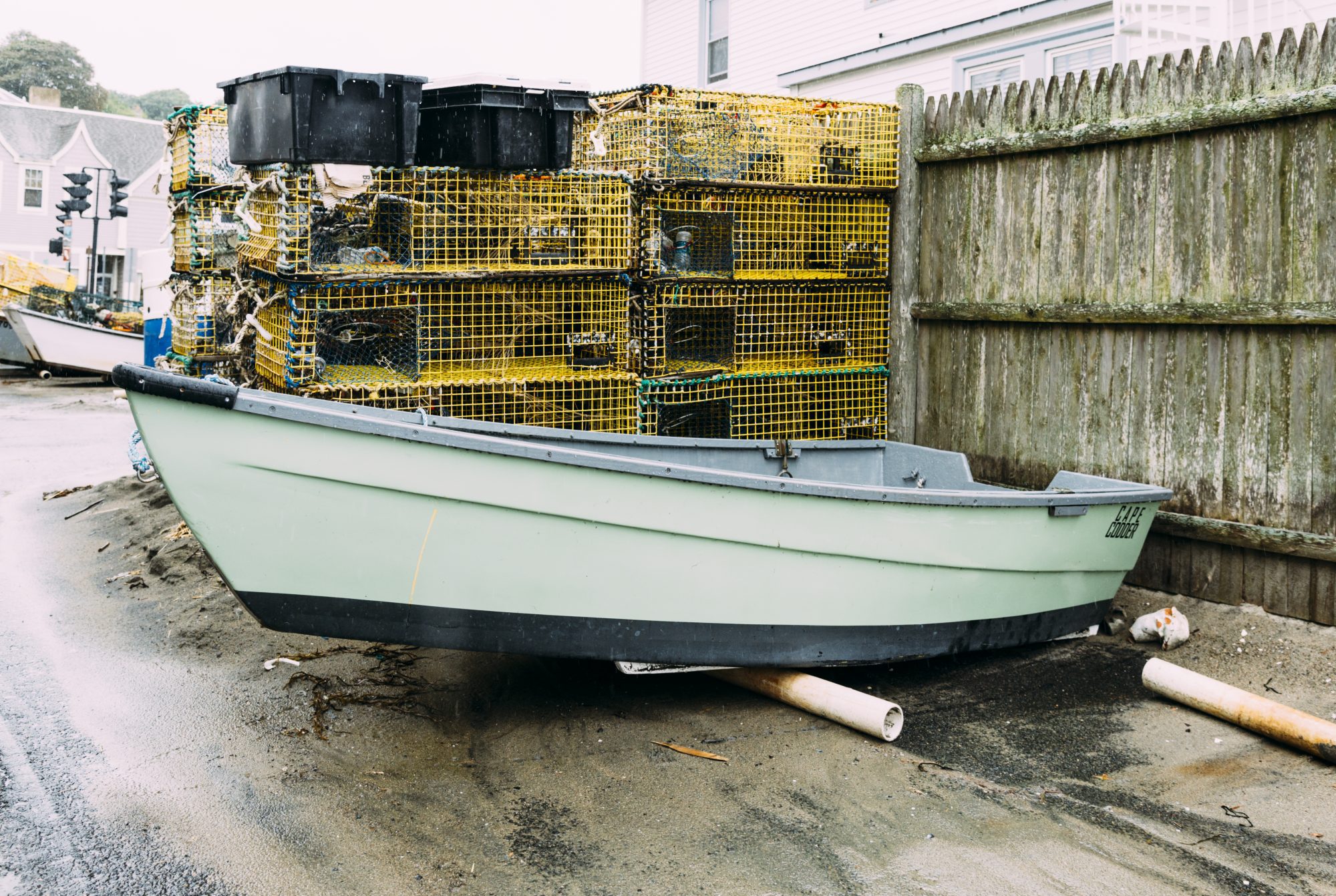Leave it to former Lynn chief librarian Dorothy Flynn Haywood to write a detailed history outlining Swampscott’s seafaring heritage still alive today with the Fish House.
Going to sea to catch fish in a dory dates back 300 years locally and Haywood wrote in 1957 how the small boats were built in 1841 at Knowlton’s Boatyard on Blaney Beach from Theophilus Brackett’s design.
With its high bow and stern framing graceful hull lines, the dory, wrote Haywood, was ” …one of the finest seaboats ever built; able, easily handled by one or two men, and capable of withstanding much rougher seas than anyone could imagine for so small a boat.”
Haywood also credited Swampscott for being the birthplace of the lobster trap with Ebenezer Thorndike in 1808 building a working trap that became popular enough to put lobsters on 19th century restaurant menus.
Town officials took steps 60 years ago to recognize Swampscott’s seafaring heritage with a proposal to build a monument, according to a Daily Evening Item article from October 1959, “commemorating the life-saving deeds of the town’s fishermen…”
Walter Kehoe, known locally as “Captain Skinny,” authored the monument proposal and suggested installing the monument on Blaney Beach near the cannon that once made up the armament of the “Grand Turk,” a Salem vessel described by Haywood as a War of 1812 privateer ” …which captured many British merchantmen and made a fortune for her owners and crew.”
Kehoe estimated 500 people, including children, were rescued from the sea by Swampscott fishermen in the first half of the 20th century.
Curiously enough, the campaign to build a seafarers’ monument came two months after the carcass of a 50-foot whale washed onto the shore within 100 yards of Blaney Beach.
An Item article credited town fisherman Harold “Tiger” Parrish with spotting the deceased whale off Lincoln House Point. Peabody Essex Museum curator Dorothy Snyder was quoted as describing the whale as a finback or humpback. She said a humpback whale had not been sighted in local coastal waters since 1903.
The Fish House fittingly achieved National Historical Landmark status in 1988 with a dedication ceremony that came seven years before the structure’s centennial. Authorized for construction in 1895 by Town Meeting, the Fish House was built a year later to replace beach shacks used for storing fishing tackle.
***
I’m so appreciative of Bill Hyde, Jim Samms, fire Chief Kevin Breen and Fran Delano for recounting the night of May 8, 1969, when the New Ocean House burned down. Their recollections across 50 years are sharp and succinct: You can almost smell the smoke and hear the fire’s roar mix with shouts and the clamor of sirens.
Lou Gallo, an amazing town resource supplemented by the talents of the public library staff, talked about how the fire changed the town’s landscape and brought the curtain down on Swampscott as a summer resort destination.
“It was a big event. The town changed dramatically after it,” he said.
I wish Lou and the library would organize an evening devoted to the New Ocean House featuring the collected archives from the fire assembled by Gallo, Breen and retired fire Capt. Kevin Thompson.
Gallo has great memories as a teenager working at the New Ocean House. He met a cast of characters from a bygone era, including a woman who respected his youthful appreciation of art and whisked him down to New York by plane for a day of gallery viewing, and a gentleman who pored over congressional transcripts sent daily from Washington, D.C. to the hotel.
Steve Bulpett shared great memories of the fire recounted in dramatic fashion befitting a great writer:
“We lived on the hill across Humphrey Street from the property, and I still remember so much from that night (and the days after) — eating take-out pizza from the Lido, hearing sirens, looking out the window and seeing a ball of flame, running down the roadway beside the golf course to get to Puritan Road, the sound as the wall of the main structure buckled and collapsed.”

